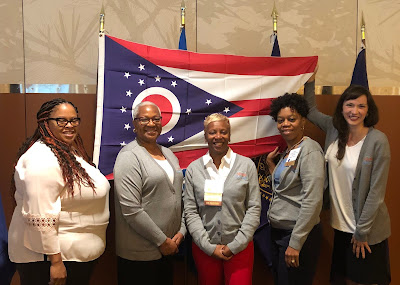by Dianna Foley, RHIA, CHPS, CCS
Test your ICD-10-CM coding skills with this Klutz family experience.

An annual Klutz family tradition is a Christmas shopping excursion to the nearby mall on Black Friday. Each child is tasked with finding a gift for a child their age, which they then donate to their church for distribution to a needy family for Christmas. Of course, no Klutz outing is complete without some injury or another, so read on to see what befalls the children this year. Try your hand at coding the ICD-9-CM diagnosis and external cause codes for each injury.
Raymond was the first to find his gift, which was the last small tin full of toy soldiers. As he grabbed it from the shelf, he was shoved from behind by another child who was reaching for the same toy, striking his forehead on the shelf, and netting himself a rather large contusion in the process.
Little Dana found a “Little Miss Muffet” doll for her gift. Unfortunately, as she was carrying it over to the cash register with her mother, she dropped it and when she reached to pick it up with her left hand, someone in the crowd stepped on her little finger. Tears welled in her eyes, and her mother, who was an old hand at such injuries having four other children, realized that while it was going to be bruised, there was no broken bone.
Janine decided on a coloring book of nature with an assortment of colored pencils. Her injury came when she removed the pencils from the metal peg they were hanging from and accidentally jabbed her right thumb on the peg. As a Klutz child, she knew to examine the area for a puncture, but saw the thumb was only developing a mild bruise, so it wasn’t going to require a tetanus shot, thank goodness!
Egon chose a football for the gift he would donate. He was passing it to Peter (just to try it out, mind you!) when Peter became distracted by spotting the gift he would give, and the football hit him in the right eye. Since, this wasn’t the first time Peter had had a black eye, he went to the vending machines, got a cold can of pop, and put it by his eye to help reduce the swelling. On his way back, he picked up the robot building kit he’d seen earlier for the gift he would give.
On the way back to the car, in the mall parking lot, Egon, who was carrying all the wrapping paper, boxes, and bows for the gifts, tripped and landed on his left knee. It was clear there was a small hematoma over his left patella, but nothing broken.
Mr. and Mrs. Klutz loaded the children into the car and went back home. Pleased with their children and their spirit of the holidays as well as relieved there were no major injuries…on this excursion anyway!
Click
HERE for the answers.

























